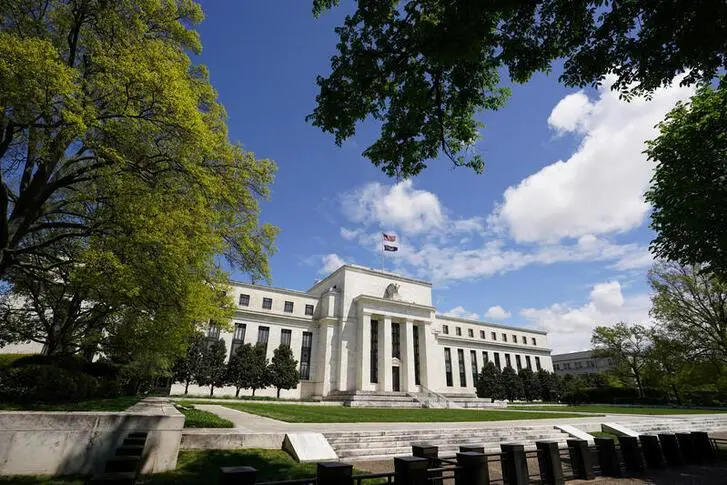PHOTO
(The author is a Reuters Breakingviews columnist. The opinions expressed are her own.)
SAN FRANCISCO - Throwing money at a problem doesn’t mean people will take it. The U.S. government has allocated some $3.5 trillion to stem the pandemic-induced economic crisis. Unlike the 2008 slump, a big portion is aimed at helping Main Street. But complex and changing terms make it difficult for mom-and-pop businesses to take advantage of the help, while sophisticated firms can navigate the system.
U.S. bailouts have precedent, but none at the current scale. In 2008, nearly 10 million people lost their homes and unemployment hit a peak of 10%. But financial firms, including Citigroup and AIG, got the bulk of government aid. They had an army of lawyers and other advisers to help them haggle over complicated terms.
So too do the likes of American Airlines and Delta Air Lines, which have received loans and grants since the start of the crisis. Some $670 billion has also been allocated for small businesses through the Paycheck Protection Program. It doesn’t appear to be getting to where it needs to go. About $130 billion remains untapped, according to the most recent numbers. The U.S. Treasury Department revealed some surprising recipients on Monday, including law firm Boies Schiller Flexner, elite private school Sidwell Friends and restaurant chain P.F. Chang’s China Bistro.
They all have experience working on complicated legal and accounting structures. The average small business isn’t as well-equipped. Almost 90% of the 30 million such firms in the United States are family-owned or one-person shows. More than one-third outsource a business process, most commonly IT and accounting, according to consulting firm Clutch.
Lending and small-business trade groups told Congress in June that the messy rollout scared off applicants, partly out of fear of making mistakes that would lead to an enforcement action. Terms of the PPP have constantly changed since it launched in April. The Federal Reserve is now facing similar problems with its $600 billion Main Street lending facility, which opened on Monday. Guidelines for the program are in a nearly 75-page-long document. Several banks told Breakingviews that interest was low so far.
Simplifying procedures would help with success in the next aid package. One idea in Congress is to automatically forgive small-business loans of up to $150,000. That would help. Making bailouts so complex that Main Street refuses to take them will make an economic crisis worse.
CONTEXT NEWS
- The U.S. Treasury Department and the Small Business Administration on July 6 released a partial list of employers that received small-business loans under a $670 billion emergency relief program. About 660,000 small businesses, private schools and nonprofit organizations including think tanks received at least $150,000 in aid. Law firm Boies Schiller Flexner, elite D.C. school Sidwell Friends and conservative nonprofit Americans for Tax Reform are among the groups that received funding.
- Separately, the Federal Reserve Bank of Boston said on July 6 that the Main Street Lending Program is now fully operational. It offers five-year loans to small and medium-sized businesses that meet certain financial conditions.
(The author is a Reuters Breakingviews columnist. The opinions expressed are her own.)
(Editing by Lauren Silva Laughlin and Amanda Gomez) ((gina.chon@thomsonreuters.com; Reuters Messaging: gina.chon.thomsonreuters.com@reuters.net))












